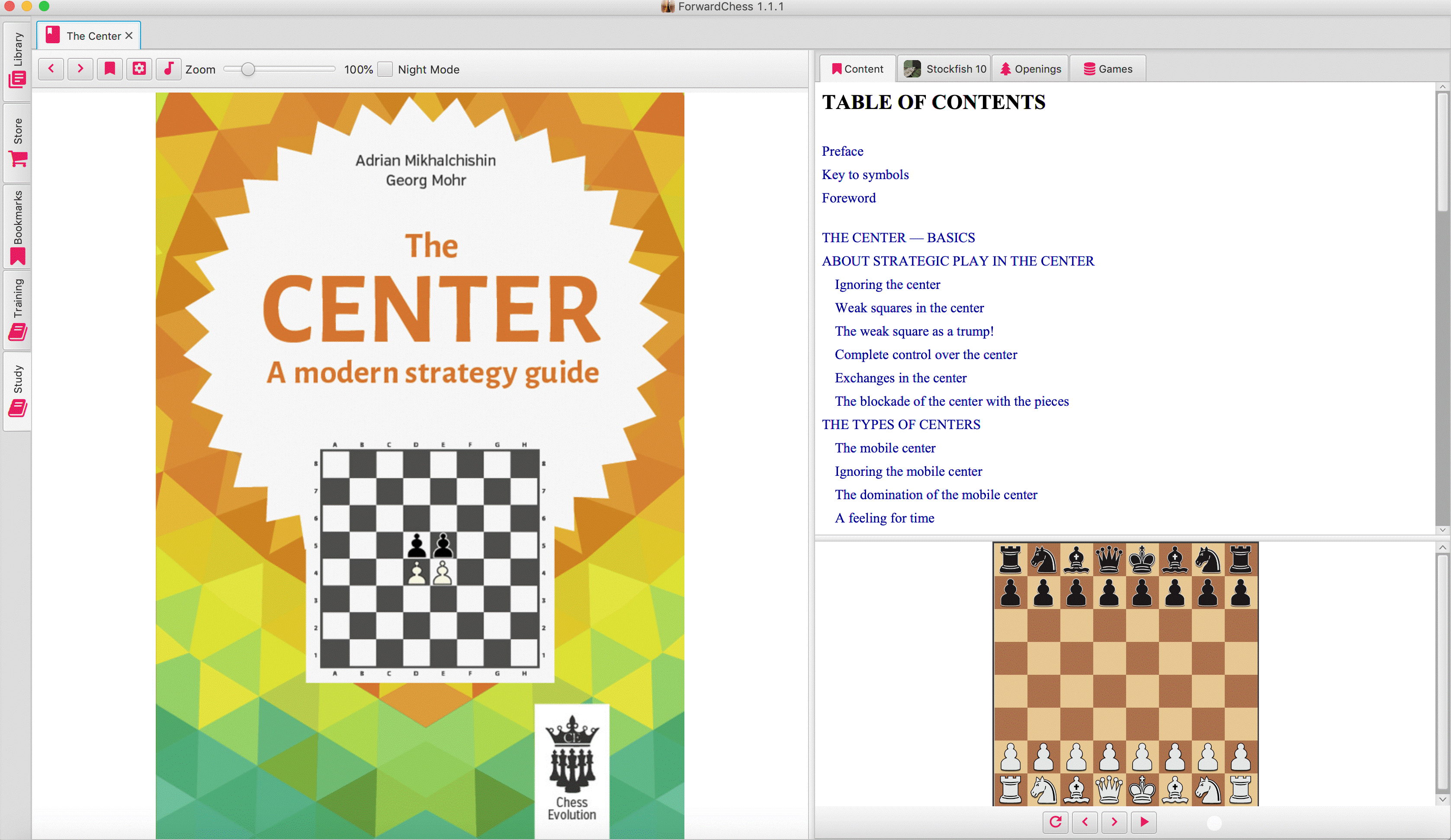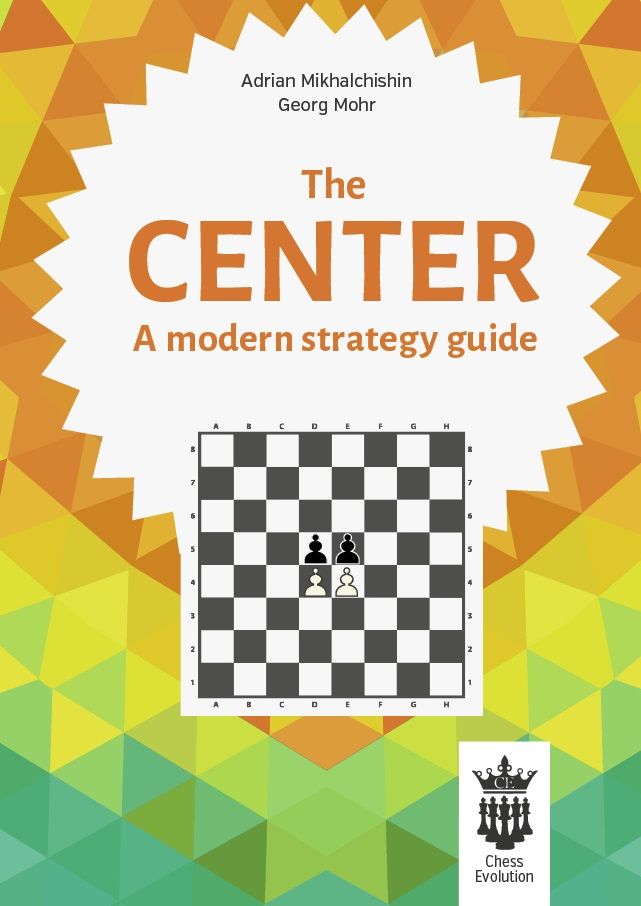“The nature of the central pawn structure determines the direction of the fight and the choice of strategy.” – GM Alexander Kotov
“I earned my first IM norm after studying centralization.” – FM Anish Vivekananthan
Our BOOK OF THE WEEK is The Center: A Modern Strategy Guide by Adrian Mikhalchishin & Georg Mohr.
Everyone knows that it is important to control the center. However, the methods for center control and the implications for each type of center control are not as well known. The center is such a complicated topic to understand that two schools of chess (classical and hypermodern) debated each other for decades about the occupation of the center vs. piece pressure against the center. And that’s just the start, understanding of the center has developed a lot since those debates, and understanding the center is as crucial as ever. The Center: A Modern Strategy Guide teaches you typical methods to fight for the center and what to do once you obtain it, categorized by typical themes and structures. Here is an excerpt from the book.
About strategic play in the center
It was said in the introduction that control over the center is one of the most important strategic elements in chess. Usually, both players face this problem of the center responsibly and with varying tactics. They put their pawns in the center and use them to control the central squares, or one of the player gives up his control of the center and leaves it to the opponent – and then tries to weaken the opponent’s pawn structure or even destroy it. Every square in the center is important because even if you control only one square it could leave you with the advantage. The placement of a certain piece in the center, knowing that it cannot be driven away by any of the opponent’s pawns, is beneficial for the development of the game. But it doesn’t bring you an automatic advantage as we will see later on. In any case, control over the center is of great importance. It is not important if we control the center with pawns or with the pieces, but what is important is to control it. The next example will demonstrate the dangers present if we give up the center.
Why choose the Forward Chess edition? It is cheaper than the physical version and the variations are more efficient to play through on a digital board.
Learn More: The Center: A Modern Strategy Guide
- Review: Perpetual Chess Improvement - May 9, 2024
- Dark Mode is now live on Web Reader - April 30, 2024
- Book Review: Tal Botvinnik 1960 - April 24, 2024


